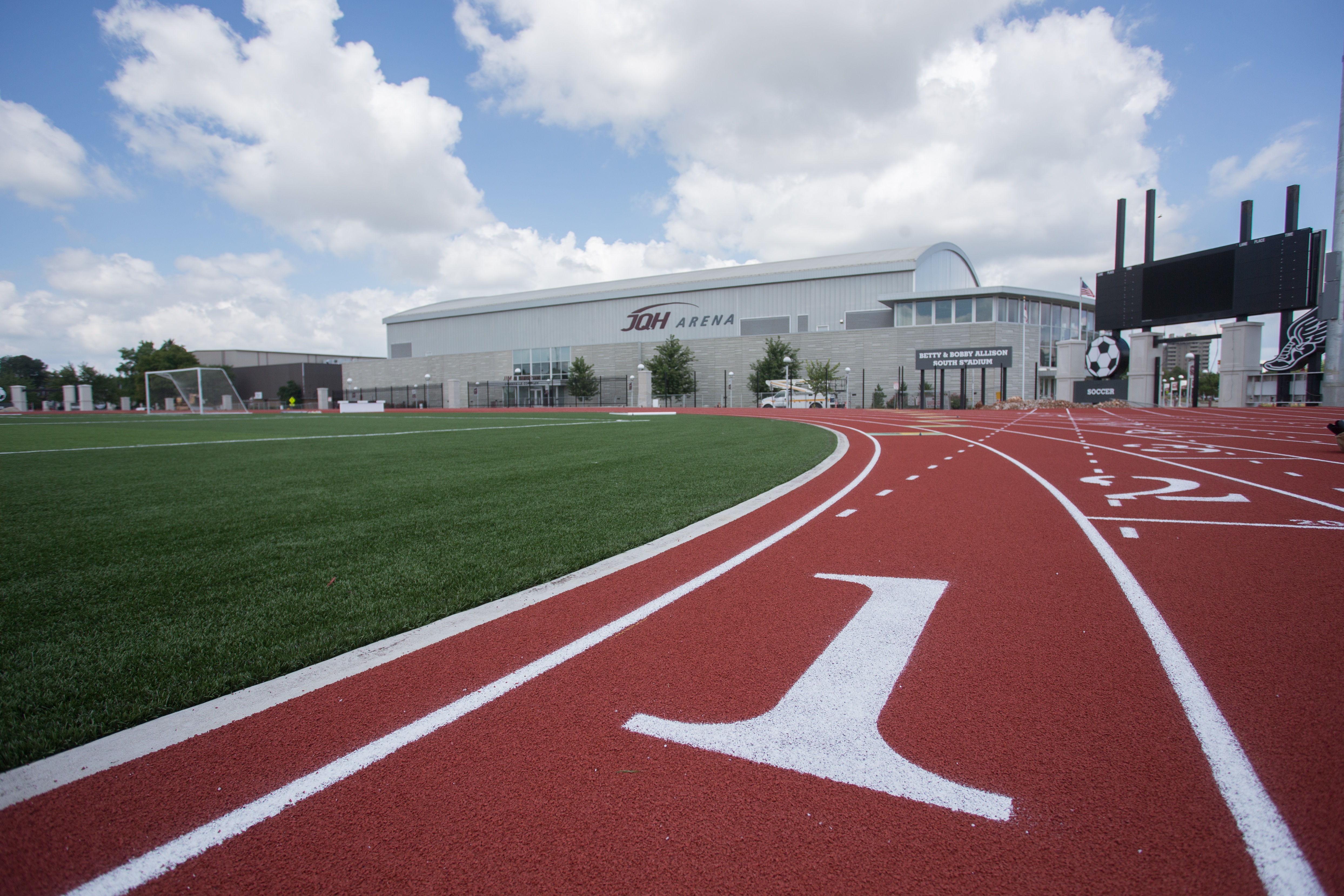ST. JOSEPH, Mo. – With debate raging over the funding for a potential new football stadium in St. Louis, some legislators have questioned Gov. Jay Nixon’s plan to use public funds to finance part of that new facility. A similar debate took place last decade only with some of the loudest voices opposing a new stadium for the St. Louis Rams being the same ones supporting public funds for a football facility for the Kansas City Chiefs.
Lawmakers from across the state have scrutinized Nixon’s plan that funding for the new stadium can be secured without legislative approval, and they have also raised concerns about how exactly the state would fund the project, especially whether or not a rollover of tax credits on the Edward Jones Dome, the Rams’ current stadium, can be used to help fund a new facility.
In August, the Missouri Development Finance Board gave the $15 million in tax credits to the stadium project, and that amount of money could go up to $50 million total by 2017.
Sen. Rob Schaaf, R-St. Joseph, has been one of the most fervent opponents of the stadium project in St. Louis. He has repeatedly opposed the use of taxpayer dollars in any form going toward the new stadium, just as he opposed that same type of funding for the renovations to Kauffman and Arrowhead stadiums as a state representative.
Just to show I also opposed funding for Chiefs and Royals stadiums 10 years ago with Senator Silvey, note my name: https://t.co/InVQBk4x3Z
— Rob Schaaf (@robschaaf) August 19, 2015
However, then-Rep. Schaaf was also one of the state leaders from St. Joseph on a project which used $25 million in state tax credits to get the Kansas City Chiefs to hold training camp at Missouri Western State University in St. Joseph.
The agreement was originally organized by the Matt Blunt administration and continued into the Nixon era. Nixon managed to re-negotiate and finalize after Blunt formulated and approved the plans late in his term.
“I am pleased my administration has been able to reach a solid agreement with the Chiefs that will bring this facility and the team’s training camp to St. Joseph, while also respecting and protecting Missouri taxpayers’ dollars,” Nixon said in a June 2009 release. “By locating their training camp at Missouri Western, the Chiefs will provide a top-quality new athletic facility for the university’s students and the community, and the excitement of the annual training camp will help create jobs and boost the region’s economy. I appreciate the hard work of my administration, the Chiefs, Missouri Western and the St. Joseph community that has brought this agreement to completion.”
The Kansas City Chiefs training camp is currently held at Spratt Stadium in St. Joseph. It was moved to St. Joseph from the University of Wisconsin-River Falls in 2009, and a new training camp facility was built at the college in 2010.
The 118,000-square-foot facility includes a full-size indoor football field, as well as a locker room, weight room, training room, coaches’ offices, meeting rooms and a lecture hall. It cost $15.7 million with $10.5 million of that coming from tax credits paid by the Chiefs.
The arguments then were similar to those of today: increased economic activity, new jobs, and overall quality of life improvements.
Missouri Western president Robert Vartabedian also commented in 2014 that Schaaf had played a part in extending the Chiefs’ stay in St. Joseph after they began to look elsewhere for a time that same year.
“I am very appreciative of everyone who has worked so hard to make this a reality,” Vartabedian said. “… on the state level, Gov. Jay Nixon, Sen. Rob Schaaf and past Sen. Charlie Shields have been special champions of this project, and we appreciate their support.”
That contract extension gave the Chiefs kickbacks to stay at Missouri Western instead of looking elsewhere. In the same release it says that under the extension “Missouri Western will design and install improvements to the practice fields used by the Chiefs, acquire and use certain equipment to maintain the fields, and reimburse the Chiefs for some expenses related to preparing and maintaining the practice fields. The extension will also freeze the Chiefs’ food costs at 2014 levels for the next three years and provide additional residence hall space and additional security.”
However, that’s not to say the facility has not had positive impact on the community of St. Joseph or the university. One study by the St. Joseph Convention and Visitor’s Bureau estimates 40,000 people visit training camp and provide the city with over $6 million in revenue.
Schaaf did not respond to inquiries for an interview.



